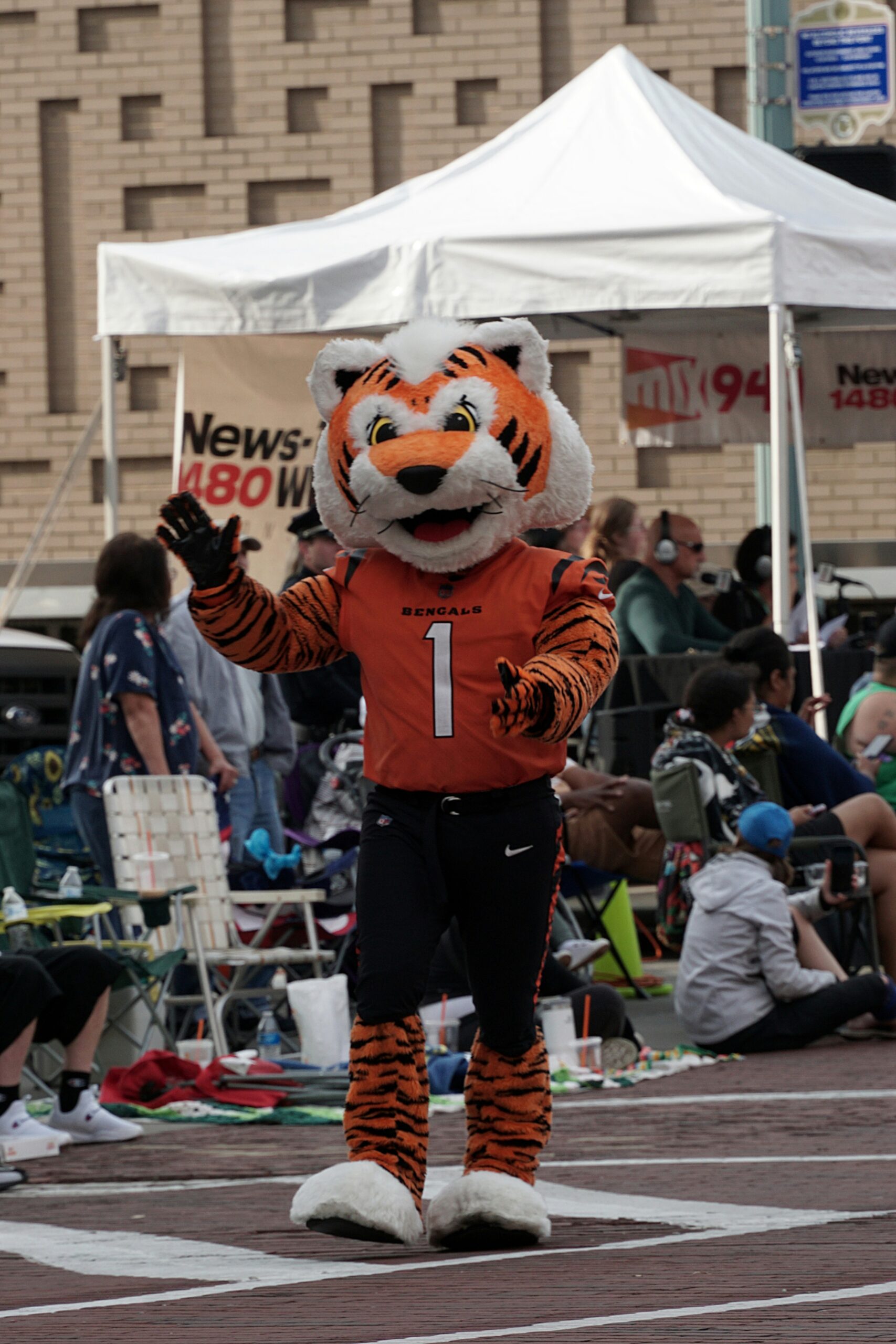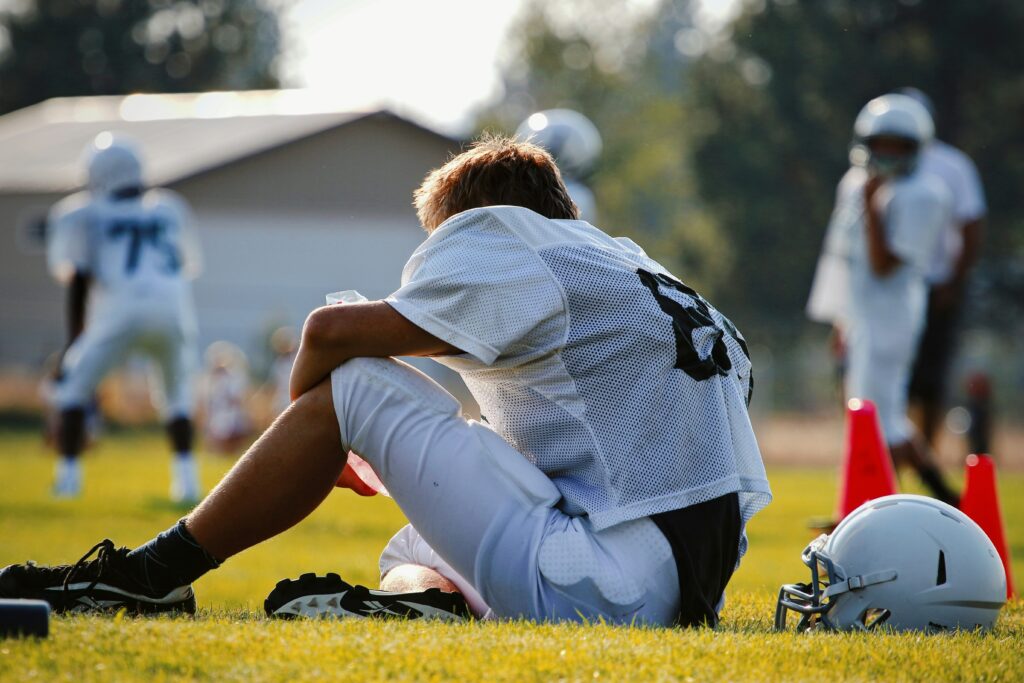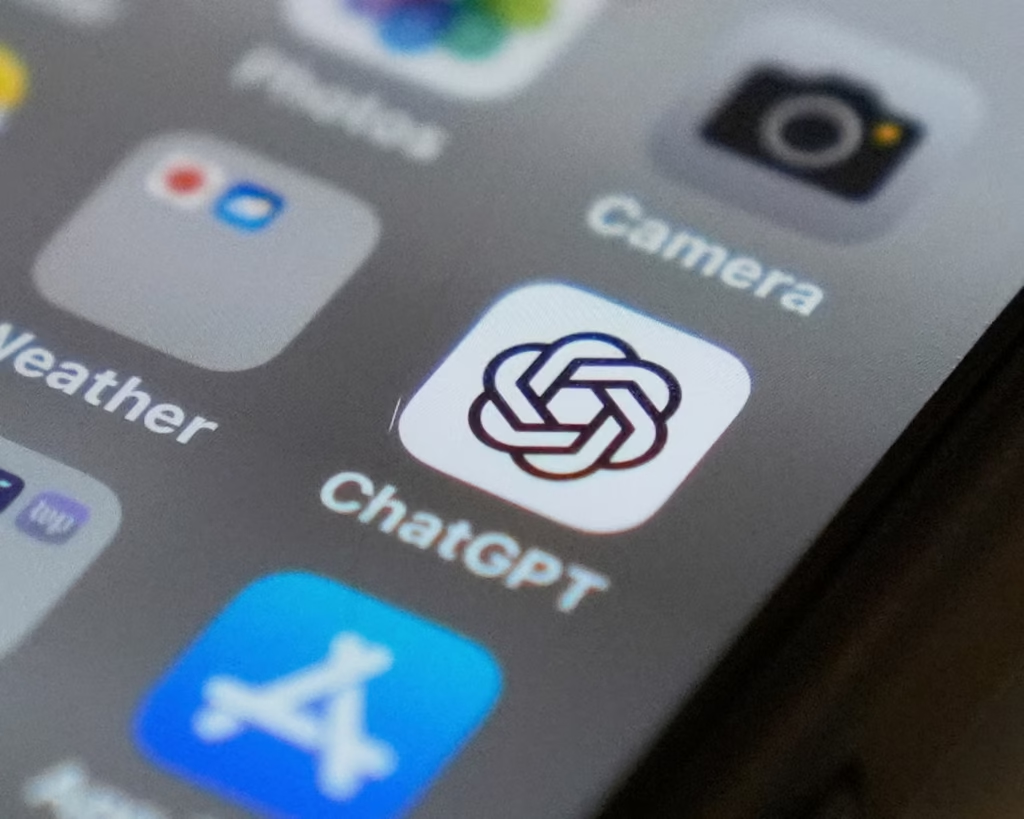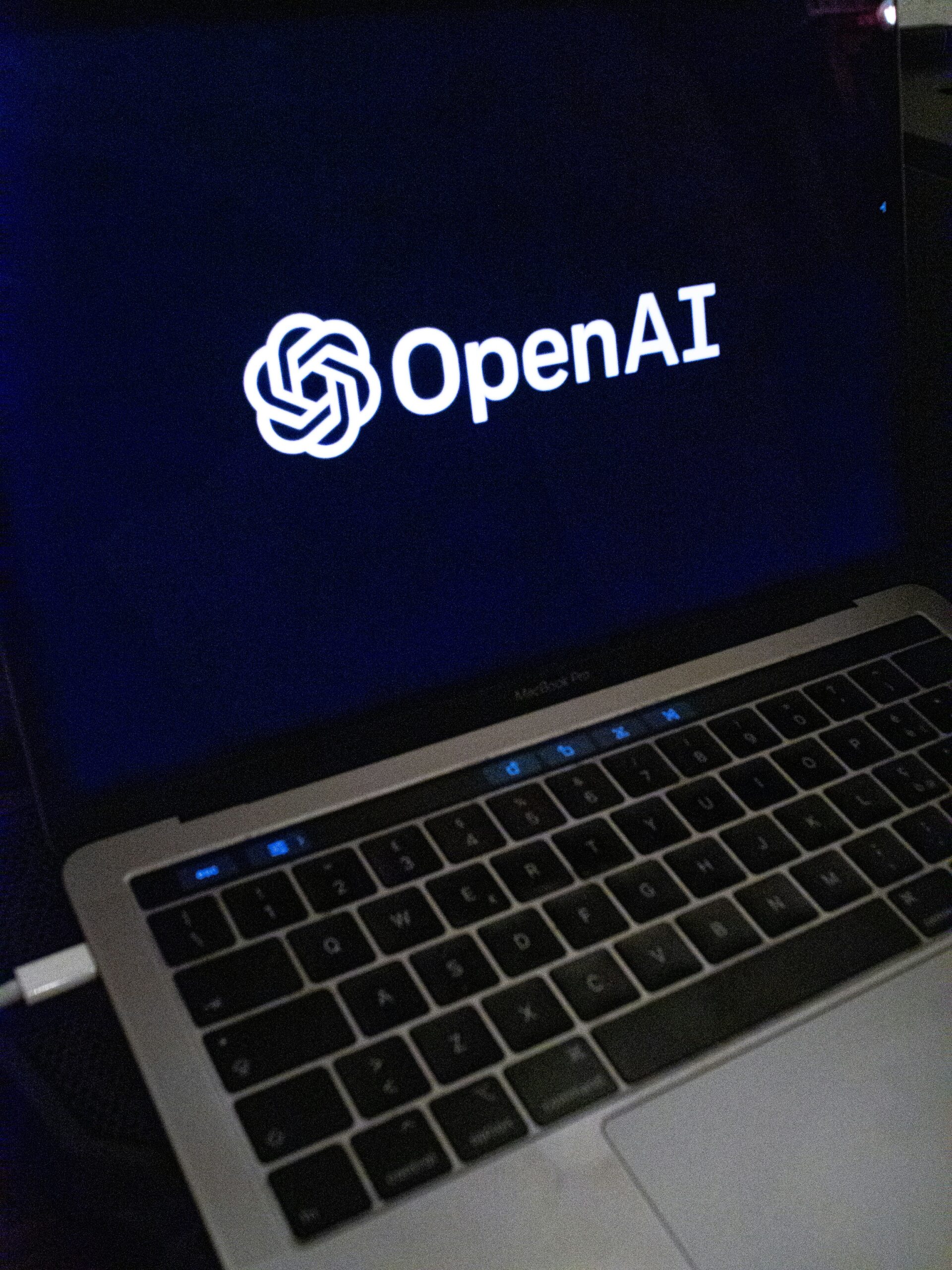
Introduction to the Controversy
Recently, a series of decisions by various towns in Spain have sparked considerable debate and controversy. Several municipalities have enacted bans on the celebration of Muslim festivals, including Eid, in public spaces. These restrictions have raised numerous questions concerning religious freedom, cultural tolerance, and political motivations, thereby igniting passionate discussions among citizens, public figures, and political entities alike.
The context surrounding these bans points to a confluence of factors. On one hand, proponents of the bans argue that the celebrations may disturb public order or discomfort local residents, citing concerns about noise and safety during large gatherings. On the other hand, opponents vehemently contest this reasoning, arguing that such actions infringe upon the rights of the Muslim community to practice and celebrate their traditions in shared public spaces. This tug-of-war over public expressions of faith reflects broader societal attitudes toward multiculturalism and religious pluralism in Spain.
Political factions have also played a pivotal role in shaping the narrative surrounding the ban. Certain right-leaning parties have embraced these restrictions as part of a broader platform against immigration and perceived threats to national identity. Conversely, left-leaning parties have condemned the measures as discriminatory and an affront to secular principles that safeguard religious practices. As such, the complexities of this issue extend beyond mere public policy, touching on the very fabric of Spanish identity and values.
Public reaction to the decision has been mixed, with some citizens supporting the ban while others have expressed solidarity with the Muslim community. The debate has spurred protests, dialogues, and heightened awareness about the challenges faced by minority groups in Spain, reflecting a society grappling with its own multicultural dynamics. These events mark the beginning of a critical discussion about inclusion, acceptance, and the rights of all citizens to celebrate their cultural heritage freely.
Historical Context of Religious Celebrations in Spain
Spain has a rich tapestry woven from a multitude of religions and cultures, creating a unique social fabric that has evolved over centuries. From the early days of Roman influence to the Islamic Golden Age, various faiths have played a significant role in shaping the cultural identity of the nation. Islamic presence in Spain, particularly during the Umayyad Caliphate from the 8th to the 15th centuries, left a profound impact on architecture, language, and social practices. The coexistence of Christians, Jews, and Muslims during this period is often referred to as La Convivencia, a time characterized by relative harmony and shared cultural exchanges.
Throughout the Middle Ages, religious celebrations provided a means for communities to express their cultural identities. Muslim festivals, such as Eid al-Fitr and Eid al-Adha, were marked by public gatherings, prayers, and feasts, culminating in vibrant displays of traditions rooted in Islamic teachings. These celebrations, along with Christian and Jewish festivals, formed part of the collective expression of identity and community cohesion across different regions of Spain.
However, the narrative began to shift with the Reconquista, when Christianity gradually reasserted itself as the dominant faith in Spain. The eventual expulsion of Muslims and Jews in the late 15th century led to the suppression of non-Christian traditions, reshaping the landscape of religious expression. As Spain moved into modernity, tolerance towards minority faiths fluctuated significantly, often influenced by socio-political dynamics.
In contemporary times, the resurgence of Islamic culture, particularly through the Muslim diaspora, has sparked discussions around public celebrations. While cities like Granada and Córdoba boast a heritage rich in Islamic history, the current prohibition of Muslim festivals in public spaces illustrates a complex relationship with Spain’s own historical narrative and evolving identity, raising questions about inclusivity and recognition of diverse cultural contributions.
Political Backing Behind the Ban
The recent decision by several Spanish towns to prohibit Muslim festivals in public spaces has drawn significant attention, particularly regarding the political motivations that underlie this controversial ban. Central to this discourse are two prominent political entities: the People’s Party (PP) and the far-right Vox party. Their ideologies serve as a lens through which one can analyze the drivers of this legislation, reflecting broader societal attitudes towards immigration and multiculturalism.
The People’s Party, traditionally conservative, has positioned itself as a defender of Spanish values, often voicing concerns about the integration of immigrant communities, particularly those of Muslim descent. Their support for the ban can be attributed to a desire to resonate with constituents who feel threatened by the perceived erosion of cultural identity. The PP has argued that public spaces should primarily reflect the traditions and customs of Spanish society, thereby framing the ban as a measure that aims to protect national identity.
The Vox party, on the other hand, is known for its hardline stance against immigration and its vocal criticism of multicultural policies. Their involvement in this ban underscores a strategic effort to mobilize their base by tapping into sentiments of nationalism and apprehension regarding Islam. Vox leaders have articulated concerns that public celebrations linked to Muslim communities could lead to a societal fragmentation, framing the ban as essential for maintaining social order and cohesion. This perspective resonates strongly with their supporters, who often prioritize homogeneity over diversity in public life.
Both parties have successfully leveraged their political rhetoric to cultivate a growing support base among constituents who align with their views. Their collective rationale not only lays bare their political motivations but also raises questions about the implications of such bans on social cohesion and the future of multiculturalism in Spain. In navigating these challenges, one must consider the broader societal impacts of excluding specific cultural expressions from public life.
Public Response and Reactions
The recent ban on Muslim festivals in public spaces across several Spanish towns has sparked a diverse array of reactions within Spanish society, reflecting the complexities of cultural integration and communal harmony. Civic organizations have been at the forefront, articulating concerns regarding discrimination and freedom of expression. Many have expressed that such bans not only undermine the principles of inclusivity but also risk alienating Muslim communities, who have historically contributed to the cultural tapestry of Spain. They emphasize that public festivals serve as vital opportunities for intercultural dialogue and understanding.
Local leaders have voiced contrasting opinions, with some supporting the measures as a way to maintain traditional values and social order. They argue that public spaces should remain neutral and free from what they label as divisive practices. This perspective, however, has raised questions about the criteria used to define what constitutes a threat to social unity. The fear of cultural loss among certain segments of the population appears to be a significant driving factor behind these sentiments. As a result, this controversy has intensified conversations about national identity and the role that minority religions play within the broader societal framework.
The Muslim community in Spain has responded to the ban with a mixture of disappointment and resolve. Community leaders have called for dialogue with local authorities, emphasizing the peaceful nature of their celebrations and their desire to foster mutual respect. They have pointed out that festivals are not merely religious expressions but also acts of cultural sharing that can enhance social cohesion rather than detract from it. In examining the broader implications, it is evident that the reactions to the ban could either exacerbate existing divisions or pave the way for meaningful discussions regarding multicultural coexistence in Spain.
Legal Framework Surrounding Religious Freedom
Spain’s legal framework regarding religious freedom is rooted in its Constitution, which upholds the principle of religious pluralism and the right to practice one’s religion freely. Specifically, Article 16 of the Spanish Constitution guarantees the freedom of ideology, religion, and worship. This provision is essential in fostering a multicultural environment where various faiths coalesce. The Constitutional mandate also aligns with Spain’s commitments under international human rights treaties, such as the European Convention on Human Rights, which emphasizes the importance of religious liberty.
In addition to constitutional protections, Spain’s legal landscape encompasses several laws and regulations pertaining to religious celebrations, including the 1980 Religious Freedom Law (Law 62/1980). This legislation not only recognizes the coexistence of different faiths but also enshrines the right to celebrate and express one’s religion publicly, as long as these practices do not infringe on public safety or disturb the peace. However, the interpretation and application of these laws can diverge at the municipal level, where local authorities possess the power to regulate public gatherings, including religious festivals. This local governance can lead to inconsistencies, as seen in recent bans by certain Spanish towns on Muslim festivals.
The implications of these bans are multifaceted. While local administrations may justify their decisions with concerns over safety or social cohesion, they must also weigh these considerations against Spain’s constitutional commitment to upholding religious freedoms. The tension arises when local ordinances appear to restrict the rights of certain religious groups, potentially inviting legal challenges based on the violation of constitutional rights. Therefore, the interaction between local governance and national religious rights remains a critical discourse in understanding the ramifications of these prohibitive measures.
Impact on Muslim Communities
The recent ban on public Muslim festivals in certain Spanish towns has sparked considerable concern among Muslim communities, impacting their cultural expression and religious practices. Community leaders express that such prohibitions not only infringe upon their rights but also create a climate of exclusion that undermines their identity. For many Muslims, these festivals serve as vital opportunities to celebrate their faith and heritage, presence that has been integral in fostering a sense of belonging and community. The ability to publicly express their culture is vital in maintaining the continuity of their traditions and reinforcing their identities within the larger social fabric.
Individuals within these communities have voiced their feelings of disappointment and alienation due to the implications of the ban. The decision has been perceived as a setback in the ongoing quest for acceptance and equality in Spanish society. Many articulate fear that such measures could encourage further marginalization and discrimination, widening the divide between Muslims and non-Muslims. By limiting the visibility of their festivals, these towns not only erase important cultural practices but also risk fostering misconceptions about Islam and its followers.
Furthermore, the prohibition impacts the socio-economic aspect of these communities. Festivals often contribute to local economies by attracting visitors and generating revenue for local businesses. The loss of such cultural events could lead to tangible economic consequences, raising concerns among voices in the Muslim community. The feeling of disenfranchisement is further exacerbated by the absence of dialogue with local authorities, as community leaders advocate for more inclusive policies that reflect the diverse makeup of the population. This situation highlights the need for mutual understanding and respect among communities to foster a harmonious coexistence.
Comparative Analysis: Other European Nations
Across Europe, several nations have encountered challenges surrounding religious celebrations by immigrant communities, mirroring the current situation in Spanish towns where Muslim festivals are banned from public spaces. Countries such as France, Germany, and the United Kingdom serve as pertinent case studies, each adopting diverse approaches to this complex issue.
In France, the secular principle of “laïcité” strongly influences public policy, leading to the implementation of laws that restrict religious expressions in public domains. While this approach aims to maintain neutrality in public spaces, it has fostered tensions between the state and Muslim communities, particularly regarding events like Eid celebrations. Critics argue that such restrictions stifle cultural expression while supporters contend that they preserve societal cohesion.
Germany showcases a different model where integration policies encourage religious tolerance while upholding the secular state. Muslim festivals are celebrated in public spaces, supported by local governments in various cities. This approach fosters inclusivity and acceptance, although it is not without backlash. Some segments of the population express concern about the rising visibility of Islamic practices, leading to heated debates about national identity and cultural preservation.
Meanwhile, the United Kingdom navigates these challenges through a multicultural framework. Here, local councils often support various cultural celebrations, including those of Muslim origin. This has led to a more vibrant public realm where diverse communities coexist. However, rising nationalism and debates over immigration have created fissures, culminating in instances of pushback against public celebrations of Islam.
Each of these nations illustrates distinct pathways in addressing the delicate balance between cultural expression, religious rights, and public order. As such, the situation in Spain finds itself within a broader European discourse, reflecting varying degrees of acceptance and resistance to religious festivities within public spaces.
Future Implications of the Ban
The recent decision by various Spanish towns to prohibit Muslim festivals in public spaces raises significant concerns regarding long-term societal impacts. One primary implication is the potential for increased social division among communities. Festivals serve as vital cultural expressions and mediums for enhancing community engagement. By restricting such events, towns risk deepening the divide between different religious and cultural groups. This division could foster an environment of misunderstanding and resentment, particularly among those who may feel marginalized or disinvited from public celebrations.
Furthermore, this ban may act as a catalyst for rising xenophobia within broader Spanish society. When a specific religious group’s celebrations are targeted, it can perpetuate stereotypes and fuel negative perceptions among individuals outside of that group. This may lead to an increase in intolerance towards not only Muslims but also other minority communities across the country. With public sentiment swayed towards isolationism, there exists a potential for societal polarization, where certain segments of the population feel justified in opposing diversity and multiculturalism.
Moreover, the implications of such a ban could extend far beyond the immediate communities enforcing these restrictions. It is possible that this trend may prompt similar actions in other regions of Spain, culminating in a more extensive network of prohibitions on religious events and practices. If other towns begin to adopt similar bans, it could signify a troubling shift towards limiting expressions of faith and culture in public forums, impacting the broader fabric of Spanish society. Hence, the repercussions of this ban warrant careful consideration, as they are likely to reverberate into future interactions among diverse groups within the nation.
Conclusion: Seeking Common Ground
In the context of the controversial ban imposed by certain Spanish towns on Muslim festivals in public spaces, it is crucial to reflect on the broader implications of such actions. The decision to restrict these cultural expressions can be seen not only as a local policy but also as a manifestation of deeper societal issues that involve the recognition and acceptance of cultural diversity. As communities become increasingly multicultural, the importance of fostering an environment of dialogue and understanding cannot be overstated.
Dialogue serves as a powerful tool in bridging the gap between differing perspectives. Engaging in constructive conversations about cultural and religious practices can help dismantle stereotypes and build empathy among communities. It is essential for policymakers, local leaders, and citizens to come together to discuss the implications of such bans and to seek out inclusive solutions that respect the rights of all individuals. By prioritizing open communication, towns can encourage mutual respect and understanding, paving the way for a more harmonious coexistence.
Moreover, promoting inclusivity within public spaces is vital for nurturing a sense of belonging among diverse populations. Public areas should ideally reflect the rich tapestry of cultures that make up a community, allowing for all citizens to express their traditions freely. This inclusivity fosters a more vibrant social landscape and enriches the community as a whole. It is through collaborative efforts that we can create a society where everyone feels valued, regardless of their cultural or religious background.
Ultimately, finding common ground requires a commitment from all parties involved to invest in understanding and embracing diversity. It is through this commitment that we can hope to create a future where public spaces serve as a platform for all cultures to celebrate their heritage without fear of exclusion or discrimination.



